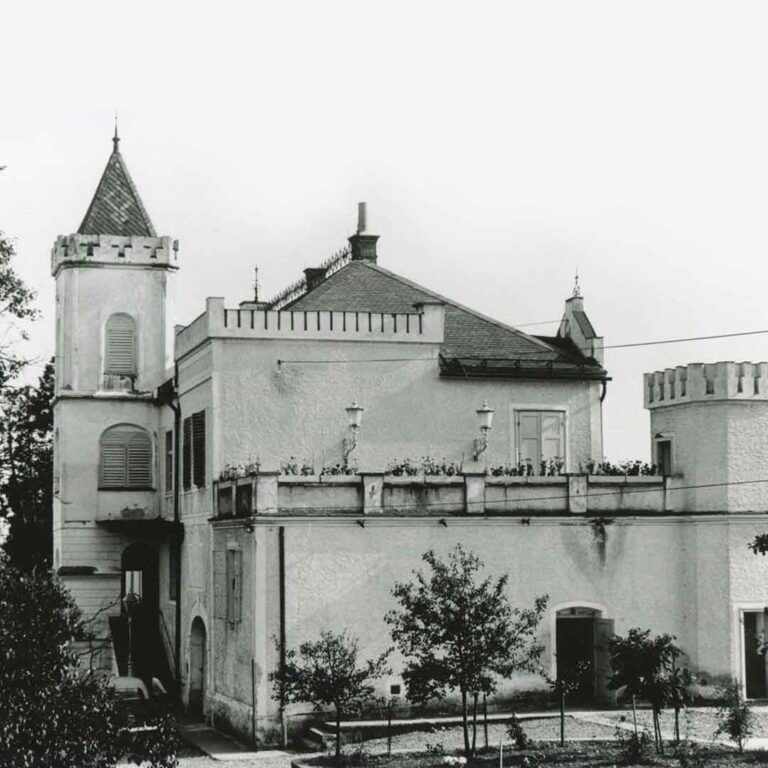THE PAYERSTORY
PAYER was founded more than 75 years ago as a family business. PAYER is still owned by a family of entrepreneurs. The values and characteristics of a family business are deeply rooted in the company today. PAYER was able to sustainably exist over many decades due to an innovative approach towards market and customer demands.
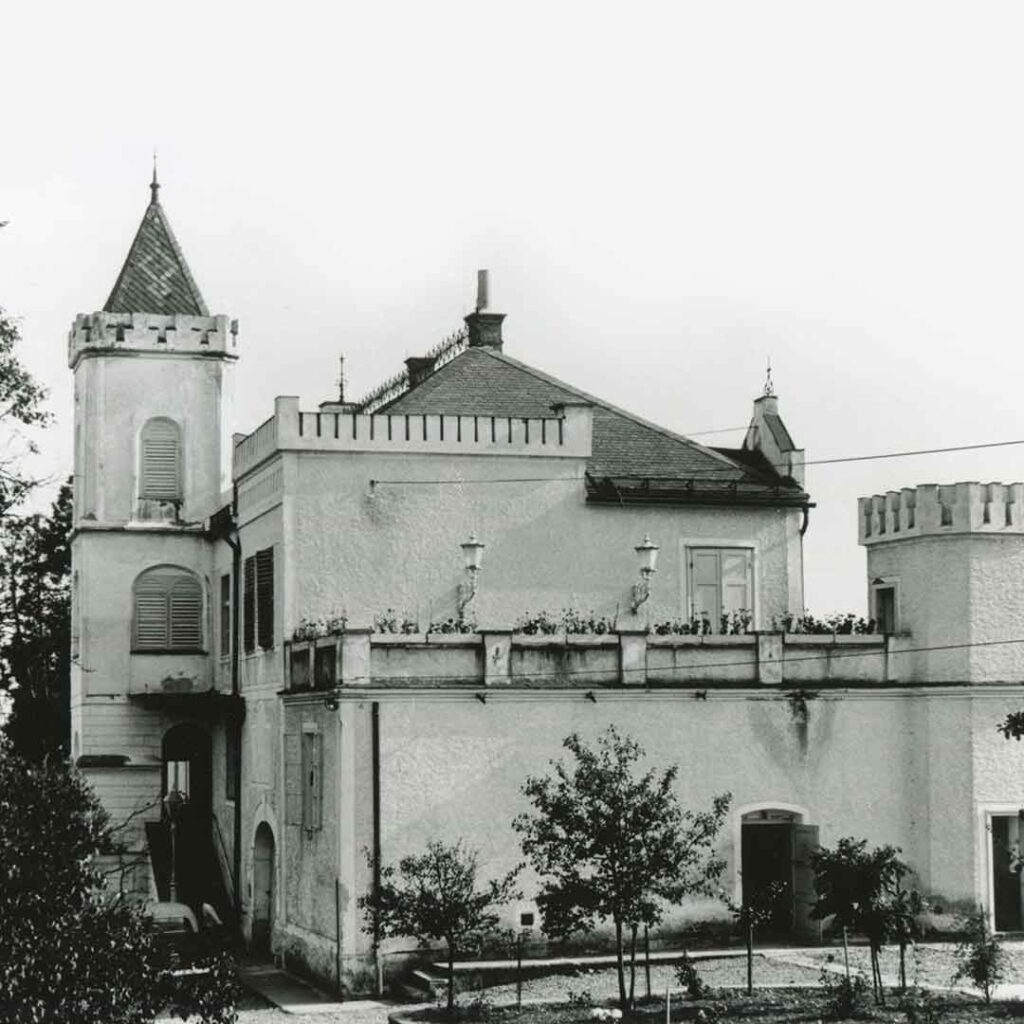
A History of DedicationFrom single best product to the world’s single-source solution provider
Born in 1902 in Bratislava, Eduard Payer spent his younger years as a travelling merchant, selling all kinds of practical household and kitchen appliances. After starting to market and sell a revolutionary men’s shaver for a Graz-based company in 1946, he set up his own business – during the most difficult post-war years. He always had a keen sense of dealing with only well-made, high-quality products. A passion, which finally led him to acquire Sonneck Castle in St. Bartholomä, in the beautiful country west of Graz – with the aim of establishing his extraordinary company in an extraordinary place. The castle dates back to the 14th century and still serves as our iconic headquarters to this day. What has thereafter followed are decades of innovation, international success, and a permanent drive to produce and deliver world-class quality products.
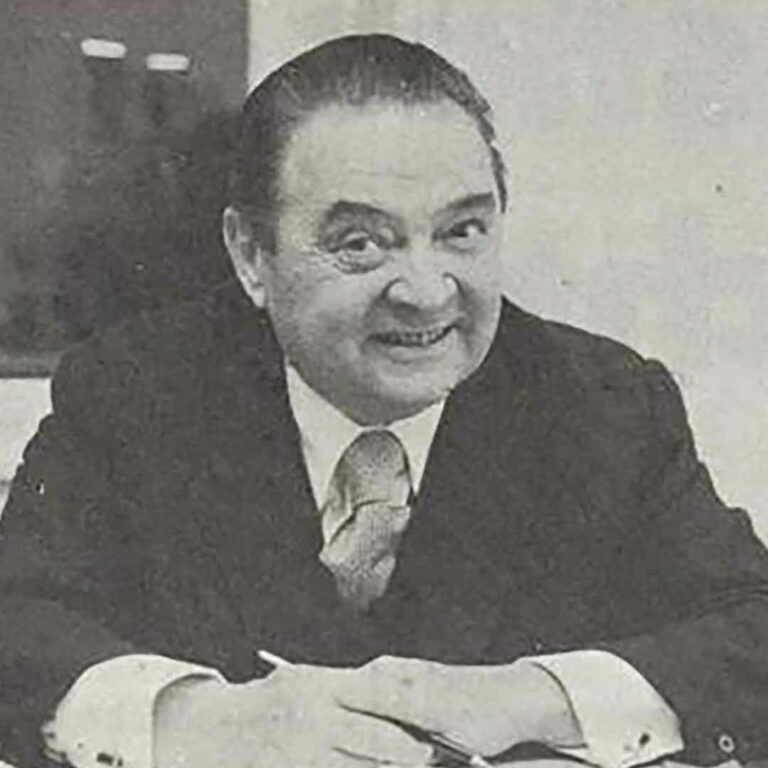
The journey starts.
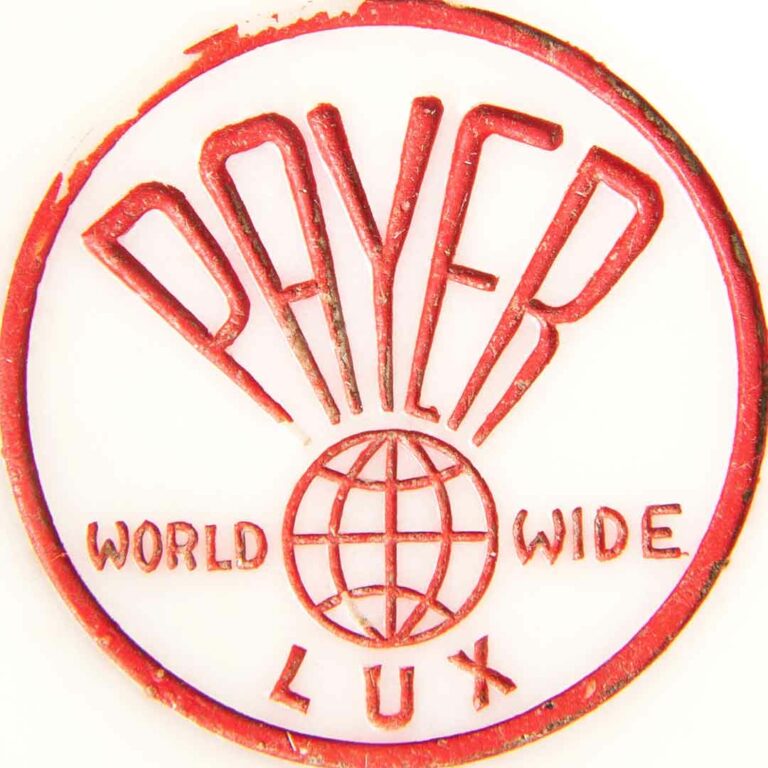
The PAYER-Lux “Super Shaver” enters the scene & headquarters is relocated.
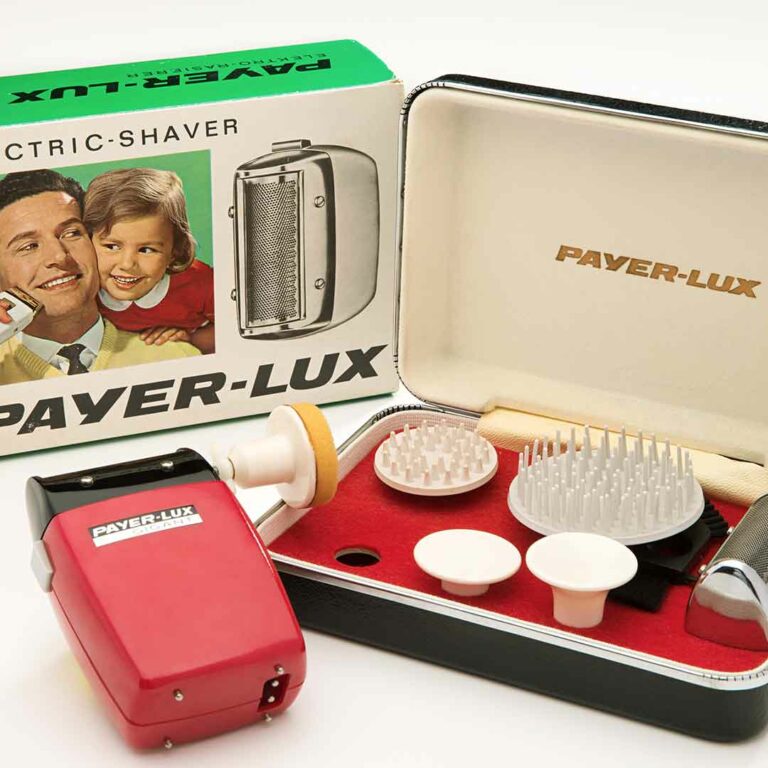
Capturing new markets – renowned brands chasing the best men’s shaver in the world
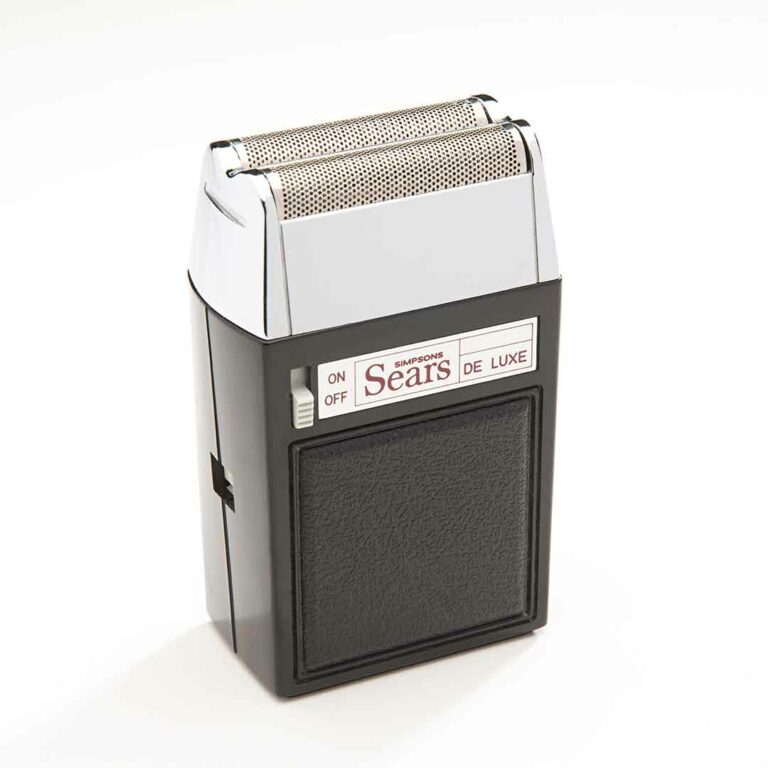
Strong increase in sales volume – The “Craftsman” shaver conquers North America.
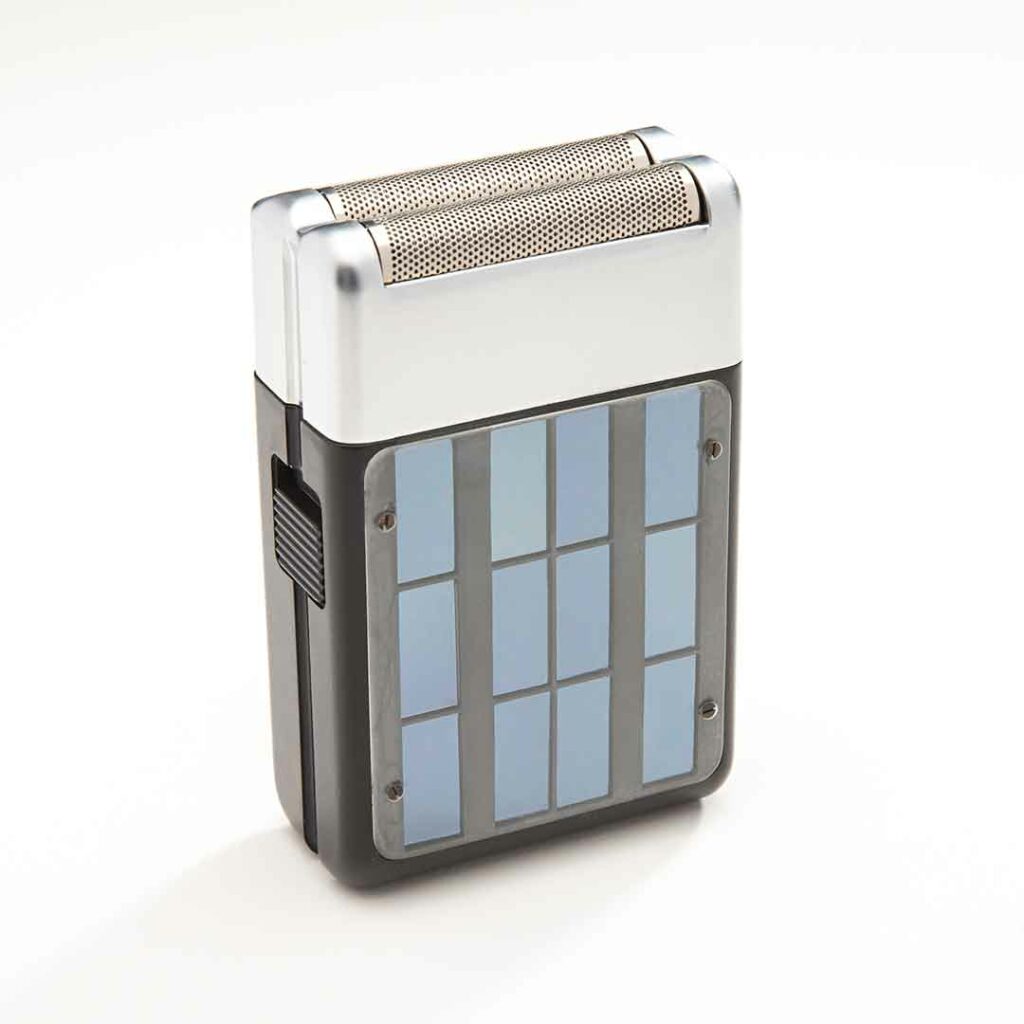
Bold innovations ahead of their time
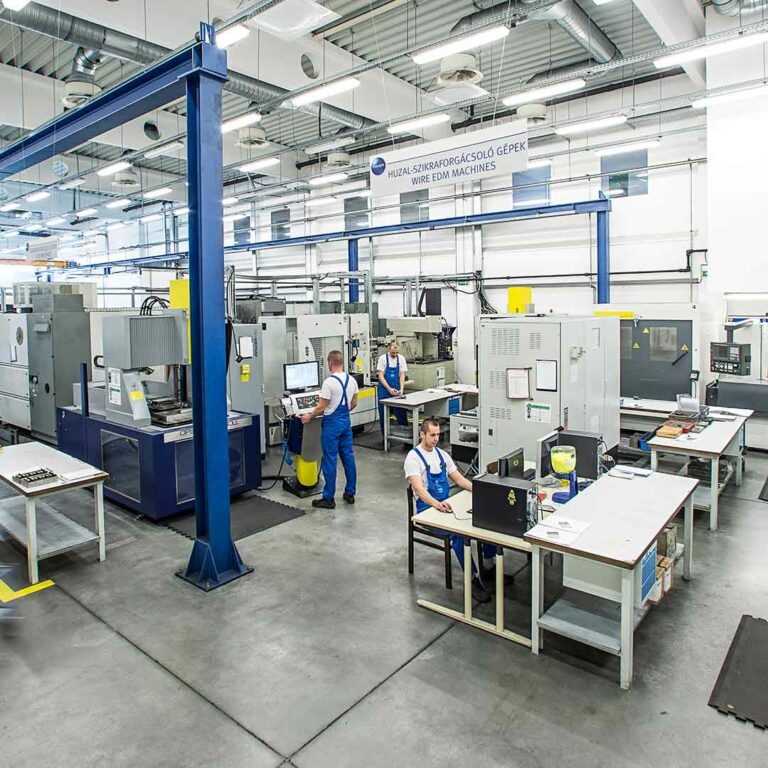
Breaking new ground and new cooperations
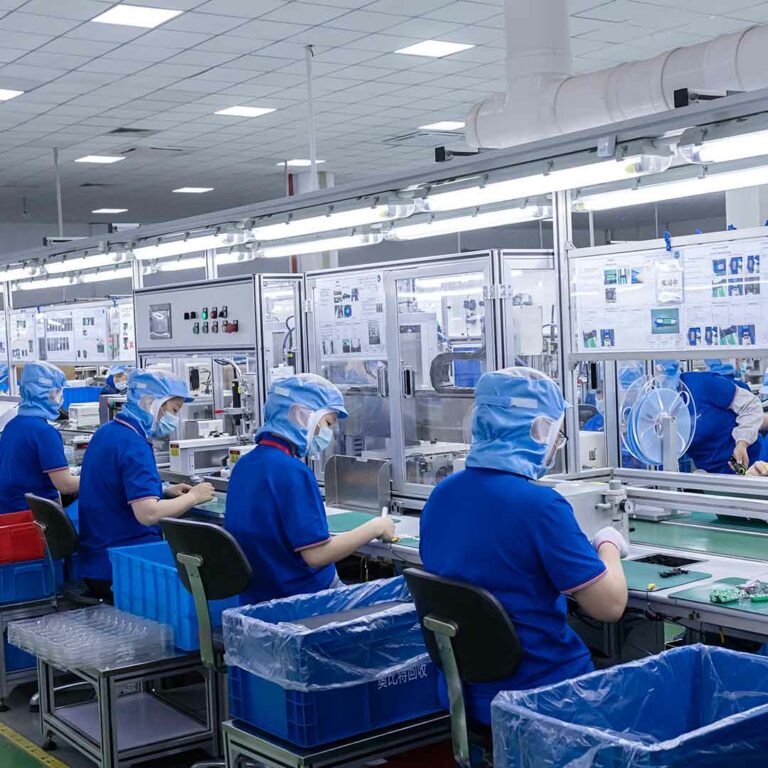
Upswing to new horizons – finally going global for leading brands
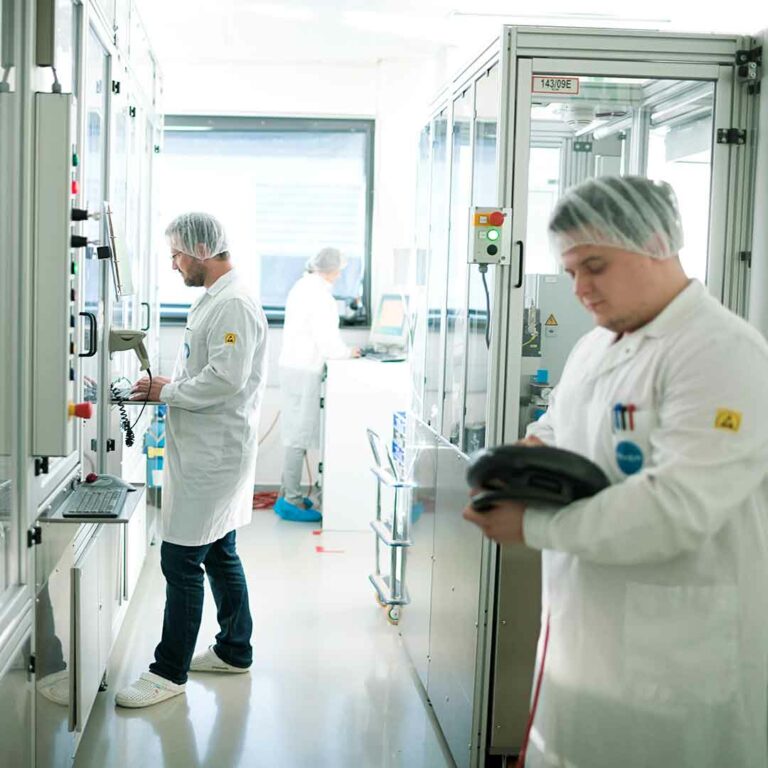
Winning on the market – broadening technologies and portfolios
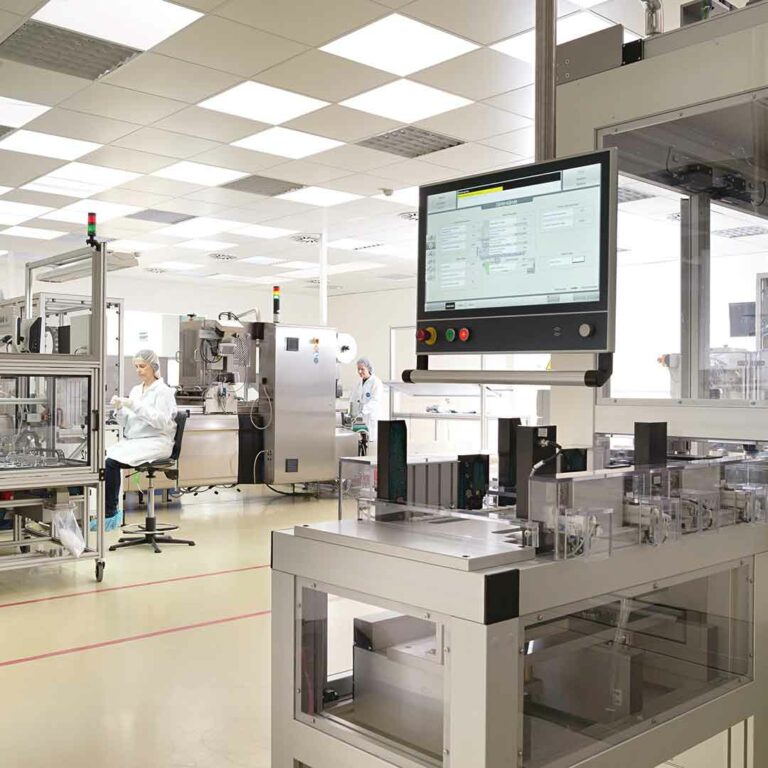
Expanding the global setup and investing as basis for further growth
BuschenschlösslSonneck
To this day, PAYER’s headquarters is a castle, the Buschenschlössl Sonneck, located west of Graz in the heart of Styria. The history of the castle can be traced back to the 14th century. Back then, a small noble seat of the Ligister family stood on the site of the present castle. In 1404 a “Ligaster Hoff” is mentioned for the first time under the name “Sunnekh”.
In the course of the next centuries there were several changes of ownership until it was bought by Josef Kaiser in 1884. He had the estate extended to its present form. In 1951, Eduard Payer bought the Buschenschlössl and made it the headquarters of the PAYER Group in 1952. In 2016 the entire building was renovated and shines in new splendor.
